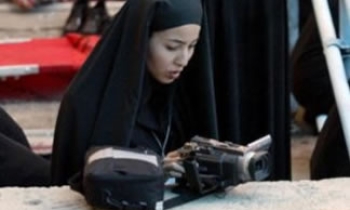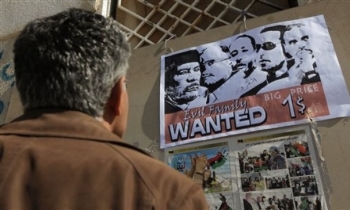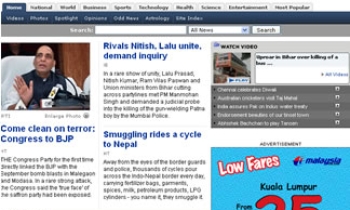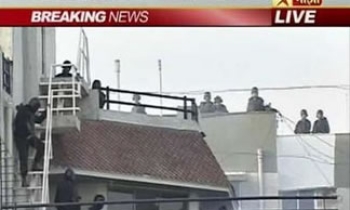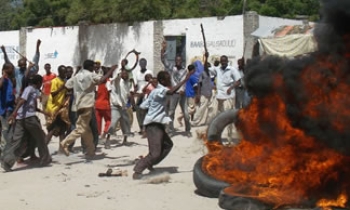It was a project doomed to failure: a newspaper written, produced and sold by poor, “low-caste,” rural and barely literate women – in a local language. Now, it has won international recognition through the award of the 2009 UNESCO King Sejong Literacy Prize. Khabar Lahariya (the name means “News Waves”) was launched in May 2002 and today the 8-page fortnightly newspaper, published in local language Bundeli, is a thriving and respected concern with a readership of over 25,000 in more than 400 villages in the Chitrakoot and Banda districts of Uttar Pradesh.
It is also a tribute to women who have fought caste, gender, traditional role models and lack of education to give themselves and their communities a voice. Nirantar, the women’s organisation instrumental in making the project work, is this year’s winner of the 2009 King Sejong Literacy Prize.
Nirantar was founded in October 1993 with the aim of promoting literacy and education for women’s empowerment. In 2002, the organisation began selecting women with varying levels of literacy and from socially marginalised backgrounds such as Dalit, Kol and Muslim communities to work as journalists; they were offered intensive training on literacy skills, reporting, writing and editing.
In 2004 Nirantar and Khabar Lahariya began courses on the creation of newspapers, newsletters and broadsheets. Courses are arranged in two modules of 14 and seven days to suit the needs of local groups and for neo-literate and semi-literate women; facilitators are paid a monthly salary. Participants are also trained to use the internet and to operate cameras which they take with them on their reporting beat.
One of Khabar Lahariya’s strengths is that it is journalism by the village, of the village, for the village. The women known as “barefoot patrakars (reporters)” write about everything, from plans for a cement company which will ruin a green spot, to women being paid to vote in local elections to the Iraq war. Readers have used some of the articles published in the newspaper to demand action and greater information; local officials have been pulled up for negligence and people have received compensation and redress in some cases.
When it comes to reporting on subjects that touch women such as rape and gender violence, there is a new balance to the reporting. In March 2004, their work was rewarded when they received the Chameli Devi Jain Award, one of India’s highest journalism honours.
The Khabar Lahariya group is the only independent rural women’s media collective in the country. The newspaper now boasts a pool of trained women journalists who provide resource support to other groups and the success of the project has inspired collectives of rural women in other parts of the country – Rajasthan and Bihar - to initiate production of a monthly rural newspaper.
Writer and women’s activist Farah Naqvi, who has captured the story in her book “Waves in the Hinterland, the journey of a newspaper”, sums up the women’s story like this: “They have battled with their inner demons and with the images thrust upon them by the world. Images which told them that journalists are only educated men, demons that fed on fear and applauded and laughed every time they failed. They have not only redefined the very male notion of citizenship but turned the very notion of women in India on its head.”
Efforts to try and set up distribution mechanisms have had limited and sporadic success, though now a more streamlined plan for marketing has been put into place. Recently, efforts towards expansion of Khabar Lahariya have included increasing the periodicity of Khabar Lahariya by making it a weekly publication; and registering the paper as an independent legal entity (under the Societies Registration Act) to enable the group to function as an independent production unit.


